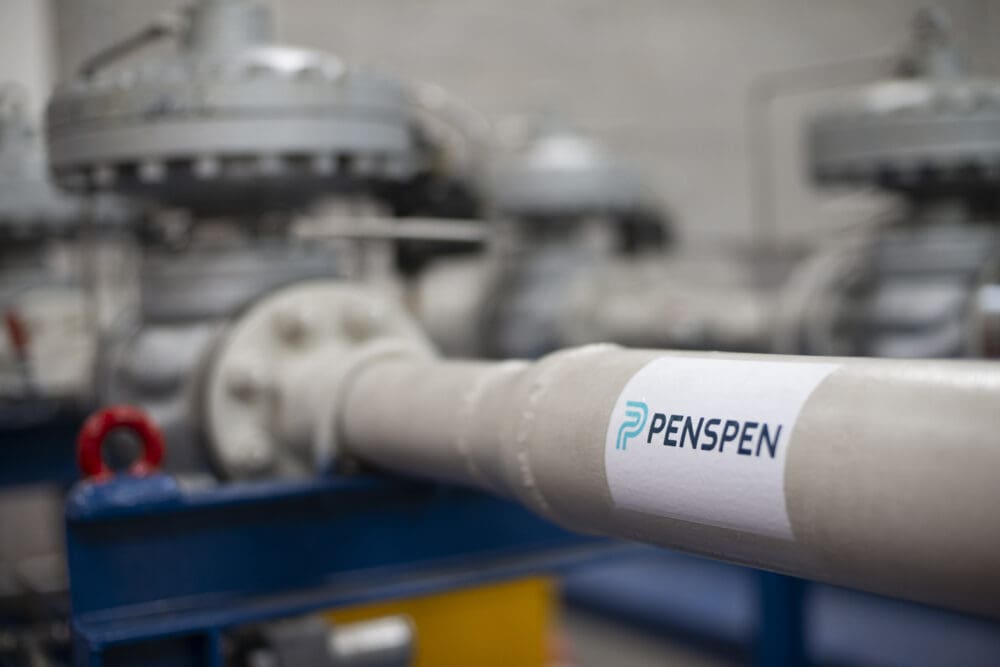Corrosion, Materials and Welding
Corrosion causes most metals used in engineering to revert to their natural ores. The corrosion process, however, can take many forms and the causes include oxygen ingress, acid conditions, sour and sweet, microbiologically induced corrosion (MIC), galvanic attack, and crevices. The resultant corrosion morphology can vary from general corrosion to pitting, cracking to selective attack of the alloy components. Identifying the corrosion mechanisms and the resultant corrosion morphology that threaten the plant is a fundamental step in establishing a targeted effective inspection regime, a corrosion management strategy and predicting remnant life. Once the possible corrosion threats have been identified and ranked, an effective corrosion management strategy can be devised which may be based on corrosion allowance, inhibition, material selection, coatings, cathodic protection, etc. A comprehensive monitoring regime with key performance indicators ensures the efficacy of the corrosion management regime.
Managing the appropriate level of corrosion protection in the form of prevention, control and passivation is based on many factors such as the level of chloride contamination and carbonation, amount of concrete damage, location of corrosion activity, the cost, and design life of the corrosion protection.
Our services
We offer an extensive range of technical consulting services, directed at the effective audit, assessment, analysis and management of corrosion through the targeted use of good design, coatings, materials selection, cathodic protection (CP) and inhibition. The service includes system design and the development of strategies and procedures. Benefits include:
- Improved asset longevity, delivering:
- Increased return on investment
- Reduced cost of ownership
- Reduced capital expenditure
- Reduced corrective maintenance, delivering:
- Avoidance of costly repairs
- Reduced downtime
- Reduced service costs
- Improved safety, delivering
- Safer working environment
- Improved operating conditions
The approach adopted will depend on the projects lifecycle phase, its criticality and the owner’s policy objectives. Methodologies include:
- HAZID identify all corrosion hazards
- Predict degradation rates and if necessary design mitigation measures
- Carry out a risk assessment to rank the corrosion hazards.
- Select appropriate inspection methods for the equipment and the anticipated corrosion morphology and target inspection locations
- Comparison of measured corrosion with predicted corrosion to establish corrosion rates and confidence levels.
- Develop or improve the corrosion management strategy based on best practice and life cycle costing.




